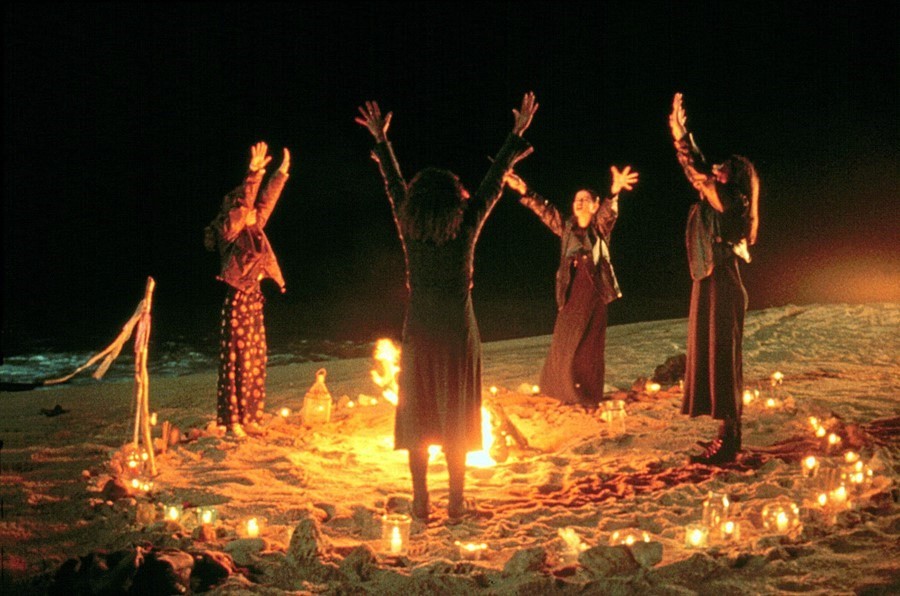Priestess and spellcaster Isabella Greenwood explains the ancient pagan roots of our midwinter festivals and shares her alternative rituals to celebrate it
Christmas is a time of bizarre rites and rituals, one that sees children embark on pilgrimages to tinsel-wrapped trees in town squares and to fake Father Christmasses in cheap white wigs at shopping centres. In much of Western society, Christmas has become an over-commercialised paean to excess consumption, devoid of meaning and divorced from its religious context, let alone its pagan roots. But it is the ancient festivals such as the Roman Sol Invictus – ‘birthday of the invincible sun’ – as well as Yule and the Winter Solstice, that are all historically the original celebrations of the season.
Though Yule and the Winter Solstice are sometimes used interchangeably, Yule is the Christmas season itself, originating from a 12-day Germanic celebration around the solstice. Its etymology comes from geōl, the old English word for Christmas. It is typically celebrated with fire rituals, bonfires, yule logs, gift-giving and feasts.
The Winter Solstice marks the shortest day of the year, usually taking place on December 21 or or 22nd of December. It is equally a time of celebration, though with a greater focus on the return of the sun. Revered as a cosmic body by the pagans, the sun was believed to influence the growth of crops and govern both human emotions and affairs. Its return was naturally a holy event, reliant on the energy of communal celebration. Translating as the ‘standing of the sun’, the solstice requires us to keep vigil and celebrate as it gathers the strength to rise once more.
THE PAGAN ORIGINS OF CHRISTMAS
While Christmas is regarded as a Christian holiday today, the celebration has roots in traditions (candle-lighting, singing, decorating trees, mistletoe) from mid-winter celebrations of the Romans, Celtics, Norse and Druids, among others. Some historians believe that Jesus was likely born in the spring, not December 25, but influenced by Greco-Roman mythology and paganism, early Christians shifted the day of celebration to mid-winter and linked it to earlier pagan rituals for ecclesiastical and cosmological reasons. If Jesus was the righteous son of God, then he would be the sun, born on the solstice morning. As Luke 1:78 says, “...because of the tender mercy of our God, by which the rising sun will come to us from heaven to shine on those living in darkness and in the shadow of death, to guide our feet into the path of peace.”
Despite Christmas being made illegal during the English Reformation and 17th and 18th centuries by the Puritan distrust of holidays that were not scripture-bound, the Victorian era saw a comeback of Christmas exemplified by Dickens’ cosy family vignettes and the revival of Christmas rituals, though framed within a Christian narrative.
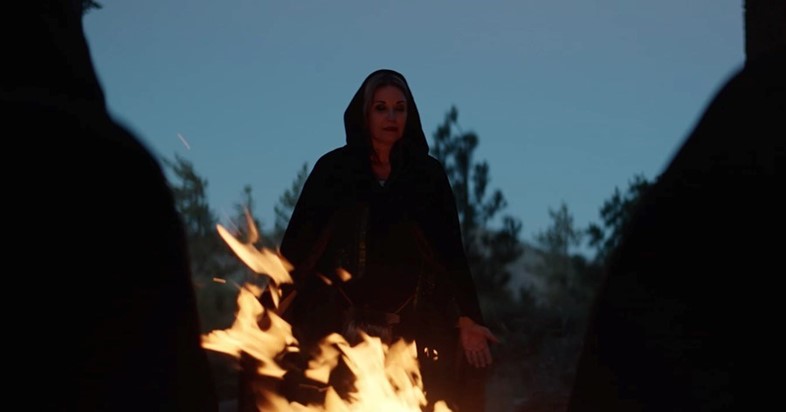
THE CHRISTMAS TREE, SANTA AND OTHER PAGAN PRACTICES
Given the pagan origin of Christmas, it comes as no surprise that modern-day holiday practices have their origin in theological, liturgical and pagan rites. There is, of course, something undeniably pagan about Christmas, from the symbolic drinking of the blood, eating the flesh of Christ, midnight mass, group chanting and song, altar worship, gift-giving, candles, leaving offerings of wine and food by the window, group celebration and drunken dance around a pine tree that has an almost perfect pentagram at its peak.
The beloved Christmas tree itself is a reminder of Christmas’ Pagan past. Associated with Saturn, the Druids believed that the trees transferred fertility and protection onto them. Pagans in Northern Europe similarly used branches of evergreen fir trees to decorate their homes and brighten their spirits during the winter solstice.
Father Christmas, an important symbol of the season, could also be more pagan than we think. Though thought to have originated from Saint Nicholas, the 4th-century Greek Christian Bishop St Myra, some scholars argue that Father Christmas is the Pagan Norse god Odin, and his eight-legged horse Sleipnir – although it remains a contentious theory.
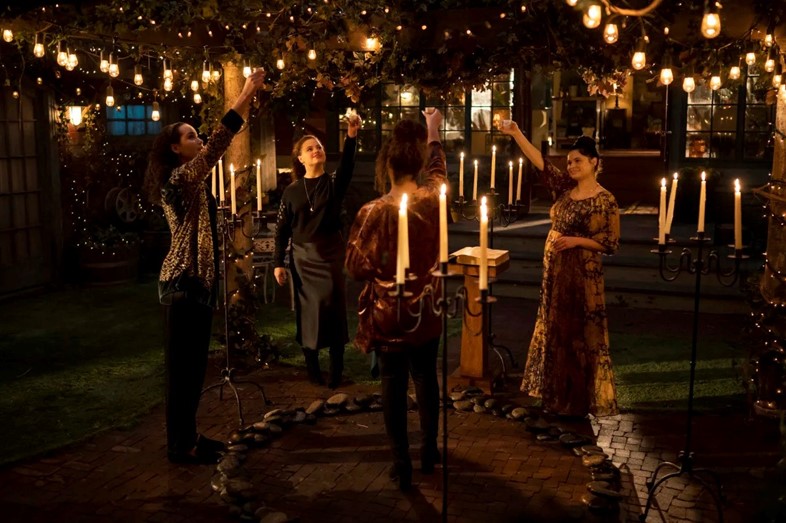
Father Christmas is an important part of celebrations, perhaps because we require Christmas to fill a universal need for community, connection and magic. The Christmas spirit is one of goodwill and Father Christmas becomes a personified extension of this. The author of The Victorian Christmas Book, Anthony Miall, notes: “He is the founder of the Christmas feast, the purveyor of jollity, the present giver. Both pagan and Christian, he inspires awe as well as love,” and this is not something we are willing to abandon.
Occultist Éliphas Lévi, meanwhile, considers the father Christmas myth important in its initiatory ritualistic capacities. Adults keep the secret, “until an opportune moment, thus sanctioning the addition of the younger generation to the adult world”. Though likely readers will already be initiated in the toilsome post-Father Christmas adult world, there are still some pagan rites and rituals you can do to reclaim a stolen Christmas and rekindle your childlike selves.
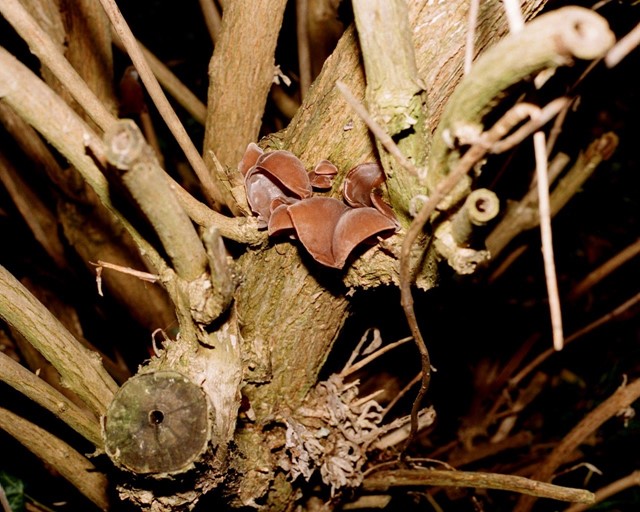 Photography Hazel Gaskin
Photography Hazel GaskinMake a Yule Log
In Druid midwinter tradition, each family member sat upon the communal log, saluted it and made a wish. Straddle a nearby moss-shrouded fallen log in the forests and if that fails, make a yule log out of a small fallen branch. Encrust it in cloves, clementines and candles.
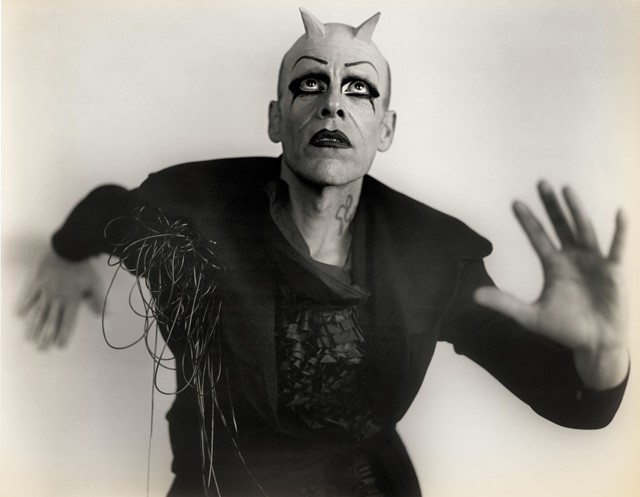 Photography Etienne Saint-Denis
Photography Etienne Saint-DenisTell Haunted Solstice Stories
During the cold Victorian winter seasons, it was tradition for families to sit around the fireplace recounting stories of the supernatural. Christmas is notoriously a haunted time, given its entanglement with nostalgia – the author of the 1891 Christmas ghost stories, Jereme K Jerome, states: “There is something ghostly in the air of Christmas that draws the ghosts, just like the dampness of the summer brings out the frogs and snails.”
Sit around a fire and share your ghost stories, for every house is haunted, and when it isn’t, we undoubtedly make up for it with our own internal hauntings.
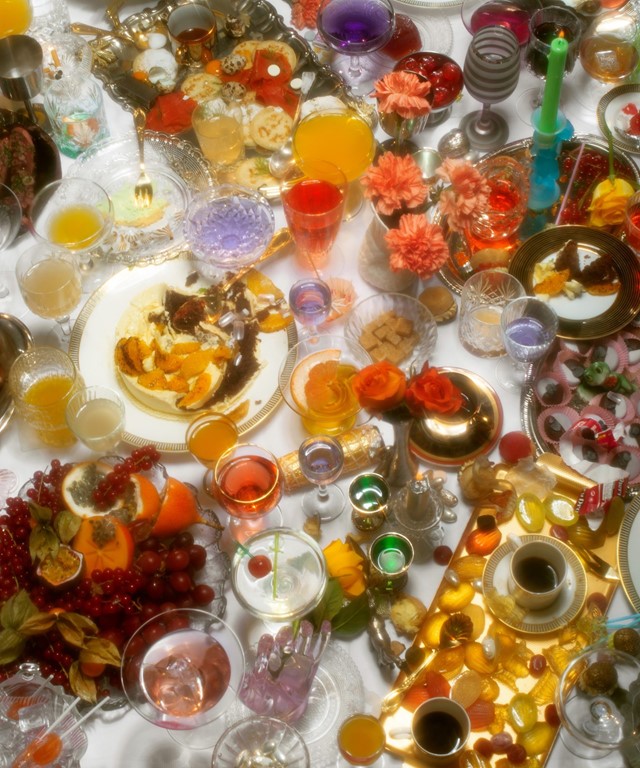 Photography DeadHungry
Photography DeadHungryFeast and Drink
Around the solstice, Pagans would feast, drink and dance in honour of the return of the sun god. We have carried on this tradition, as Christmas almost always entails an abundance of food and wines, and an overwhelming but permissible, fullness.
Know that you must feast, for fullness must proceed emergent life.
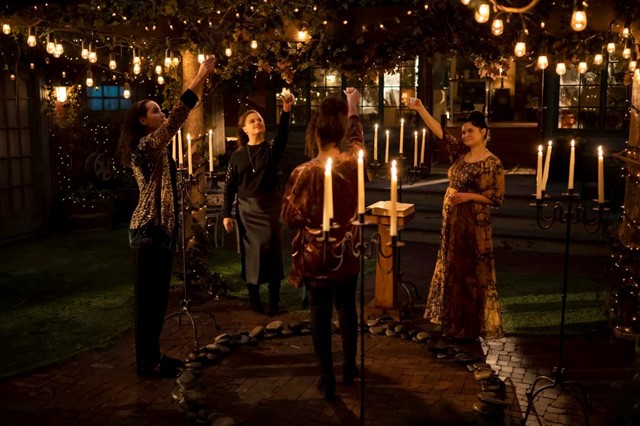 Charmed (2018)
Charmed (2018)Solstice Fire Magick
The lighting of candles, street lights, fires and fairy lights all represent the sun’s return. Pagans in the temples kept consecrated fires burning briskly during the solstice season. In Goethe jovial words: “Feed the wood and have a joyful minute, for the seeds of earthly suns are in it.”
If you can’t start a safe fire in your own home, light a single candle in the dark woods, or by your windowsill, and extinguish it the day after the solstice.
 Photography Hazel Gaskin
Photography Hazel GaskinMake a Yule Garland
The nights of December 25 and January 6 are historically when evil spirits are feared most. Pagans hung green branches, lit candles, and adorned their homes with holly, laurel, mistletoe and other greens.
Hanging these dried herbs historically served not only as protection but as emblems of resurrection and immortal hope – for even in the darkest of winters, the sun must soon return.
 Iqbal Ahmed ‘Pagans’, Nowness
Iqbal Ahmed ‘Pagans’, NownessA Winter Solstice Prayer by Isabella Greenwood
Blessed is the journey through the midwinter,
And blessed are its spiral passageways propelled by the ribbons of a dozen singing suns.
Blessed is the return of the light, the bone thrower, the seeker,
And blessed is the dark night, she who holds the bones of those who dream and of those who rest.
May we follow this light, and may it lead always home.
